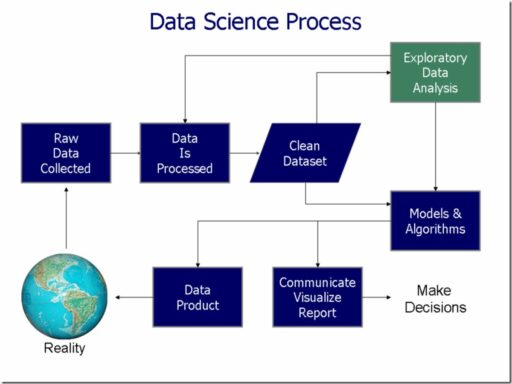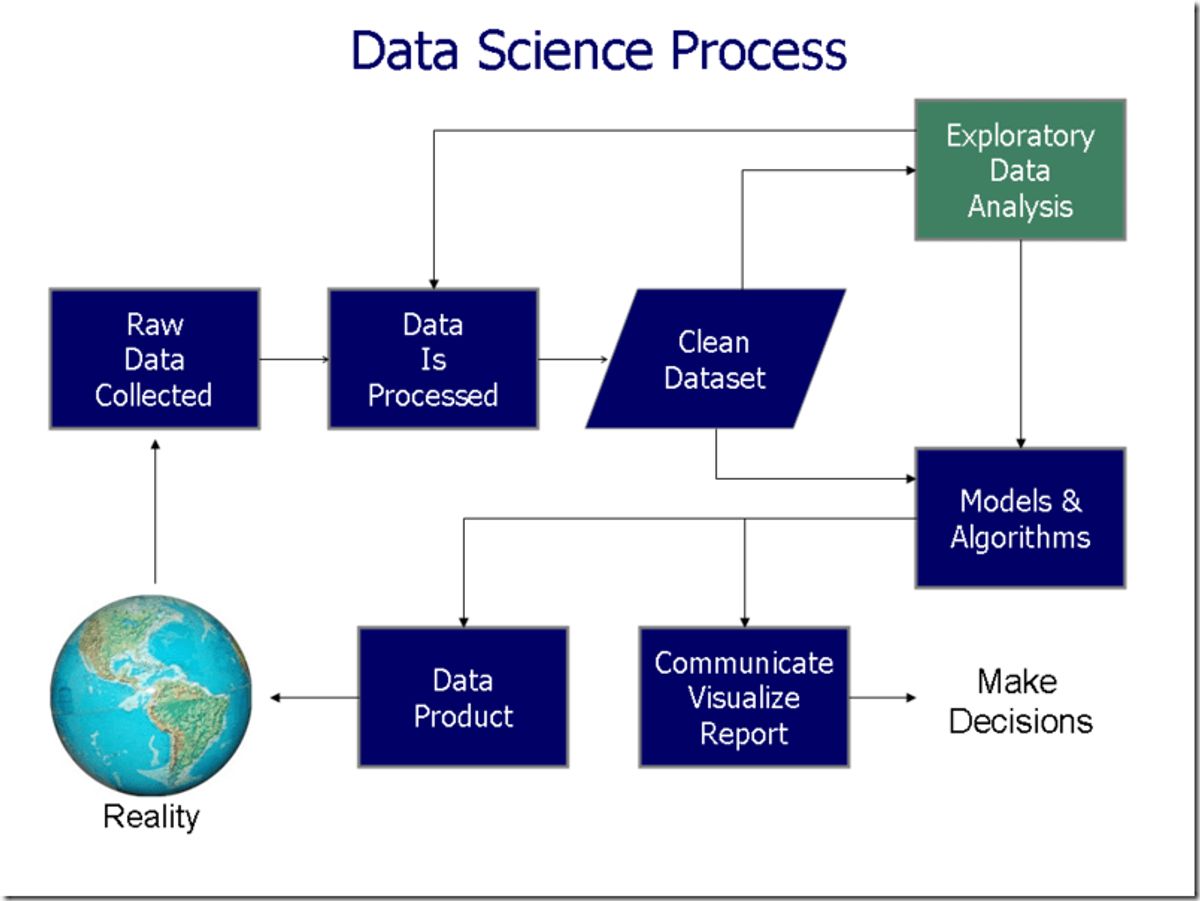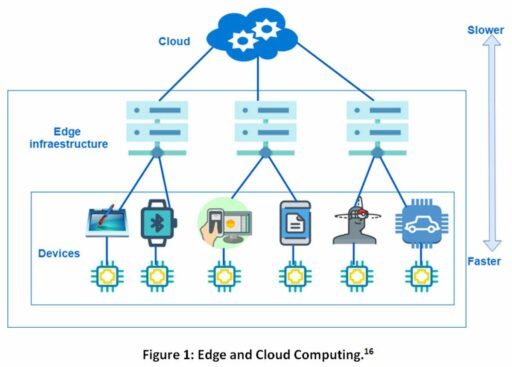Table of Contents
Crafting a standout resume is crucial for aspiring data scientists in a competitive job market. A well-structured resume not only showcases your qualifications but also highlights your unique skill set that aligns with the demands of the industry. In this article, we’ll explore the 5 key elements that you should emphasize on your data scientist resume to make a compelling impression on potential employers. These elements are designed to showcase your technical expertise, analytical prowess, and meticulous nature, ensuring you present yourself as a well-rounded candidate ready to tackle data-driven challenges.
Key Takeaways
- Highlight your expertise in data analysis, demonstrating your ability to interpret complex datasets and extract actionable insights.
- Showcase your data visualization skills by providing examples of how you’ve effectively communicated complex data to various audiences.
- Emphasize your proficiency in Python, including familiarity with its data analysis and machine learning libraries, to show your technical competence.
- Illustrate your analytical thinking ability by describing how you’ve solved problems and contributed to data-driven decision-making.
- Demonstrate your attention to detail by presenting a meticulously crafted resume, free from errors, with consistent formatting and proof of your precision.
1. Data Analysis

Data analysis is the cornerstone of a data scientist’s skill set, encompassing a range of techniques to extract meaningful insights from complex datasets. Proficiency in this area is demonstrated through:
- Mastery of statistical methods and exploratory data analysis (EDA) to uncover patterns and relationships.
- Competence in data cleaning and preparation, ensuring data quality and readiness for analysis.
- Ability to perform inferential statistics to make predictions or test hypotheses.
Data analysis is not just about handling numbers; it’s about translating data into a compelling story that drives business decisions.
A data scientist must also be adept at communicating findings to stakeholders, often through the creation of insightful reports and visual aids. The table below summarizes key data analysis skills:
| Skill | Description |
|---|---|
| Statistical Analysis | Use of statistical tests and models to understand data. |
| Data Cleaning | Ensuring data accuracy by handling missing values and outliers. |
| Data Exploration | Investigating datasets to find patterns and insights. |
In your resume, highlight specific projects or achievements that showcase your data analysis expertise, such as successful predictions, optimizations, or strategic insights that have positively impacted your organization.
2. Data Visualization

In the realm of data science, data visualization is a pivotal skill that transforms complex data sets into clear and engaging visual stories. Mastery in this area is not just about making data look good; it’s about making data understandable at a glance, enabling stakeholders to grasp intricate concepts without getting lost in the numbers.
| Tool | Purpose |
|---|---|
| Tableau | Interactive dashboards and data storytelling |
| Power BI | Dynamic visualizations and large data handling |
As a data scientist, your resume should highlight your ability to use tools like Tableau and Power BI to articulate complex data visually. This skill is crucial for driving data-driven decision-making through intuitive visuals. Showcase your proficiency in creating compelling dashboards and reports that transform raw data into persuasive narratives.
Your proficiency in data visualization enhances communication and decision-making processes.
Employing statistical techniques to scrutinize data and produce actionable insights is part of the visualization process. It’s essential to collaborate with various teams, such as management and engineering, to understand business requirements and convey insights through both reports and visual presentations.
3. Python Proficiency

In the realm of data science, Python proficiency is a cornerstone skill that sets the stage for advanced data manipulation and analysis. With its readability and a plethora of libraries such as Pandas, NumPy, and Scikit-learn, Python is the go-to language for data professionals.
- Proficiency in Python allows for effective data wrangling and database management, crucial for preparing data for analysis.
- Python’s extensive libraries facilitate machine learning tasks, enabling data scientists to build predictive models and uncover deep insights.
Mastery of Python not only enhances your ability to handle large datasets but also showcases your readiness to tackle complex data challenges.
When crafting your resume, it’s essential to demonstrate your Python skills through concrete examples. Highlight projects where you’ve applied Python to solve real-world problems, and be sure to mention any contributions to code repositories or collaborative projects.
4. Analytical Thinking

In the realm of data science, analytical thinking stands as a cornerstone skill. It’s the ability to dissect complex problems, identify patterns, and extract actionable insights from data. A data scientist with strong analytical thinking can navigate through ambiguity to provide precise, data-driven solutions, which is crucial for making informed decisions that drive business success.
- Critical thinking
- Problem solving
- Diagnostics
- Troubleshooting
Analytical thinking is not just about processing data; it’s about asking the right questions and challenging assumptions to uncover the deeper story the data is telling.
Employers seek candidates who can demonstrate a history of successful problem-solving and the capacity to approach data challenges with innovative solutions. Your resume should highlight specific instances where your analytical prowess has contributed to meaningful outcomes, such as improved decision-making or the optimization of business processes.
5. Attention to Detail

In the realm of data science, attention to detail is not just a desirable trait; it’s a fundamental requirement. Precision in data cleaning, analysis, and reporting is paramount to ensure the accuracy of your work. When crafting your resume, it’s crucial to illustrate how your meticulous approach to handling intricate data sets contributes to error-free and reliable analytical outputs.
Your commitment to accuracy not only enhances the quality of business intelligence (BI) insights but also demonstrates your value in shaping organizational strategies.
Proofreading and editing your resume is a practical demonstration of your attention to detail. Carefully eliminate any typos, grammatical errors, and inconsistencies to avoid creating a negative impression:
- Maintain adequate whitespace and one-inch margins for readability and aesthetics.
- Align text to the left and use consistent formatting for dates, job titles, and other details.
Remember, a well-crafted resume that reflects a high level of precision can set you apart in the competitive field of data science.
Conclusion
In conclusion, crafting a standout data scientist resume requires a strategic approach that emphasizes both your technical prowess and your soft skills. From showcasing your data analysis and visualization capabilities to highlighting your proficiency in Python and other essential tools, it’s crucial to tailor your resume to the job description. Additionally, don’t overlook the importance of proofreading and maintaining consistent formatting to project professionalism. Remember to consider adding optional sections like certifications and project portfolios to further distinguish yourself. With the data science field experiencing rapid growth, a well-crafted resume is your ticket to exciting opportunities in this dynamic industry.
Frequently Asked Questions
What should I include in the Data Analysis section of my resume?
In the Data Analysis section, highlight your experience with deciphering complex data sets, identifying patterns, trends, and crucial information that aid in decision-making. Emphasize your skills in transforming raw data into actionable insights and how they’ve impacted organizational strategy.
How can I showcase my Data Visualization skills on my resume?
Illustrate your proficiency in creating impactful visual representations of data by providing examples of how your data visualization skills have facilitated better decision-making and understanding of data among both technical and non-technical stakeholders.
Why is Python proficiency important for a Data Scientist, and how do I highlight it on my resume?
Python proficiency is critical due to its versatility and extensive libraries for data analysis and machine learning. Highlight your Python skills by mentioning specific projects, the use of libraries like Pandas and NumPy, and any measurable outcomes your Python expertise has contributed to.
How can I demonstrate Analytical Thinking in my Data Scientist resume?
Showcase your ability to dissect complex issues and provide precise, data-driven solutions. Include examples of how your analytical thinking has led to improved decision-making processes within your previous roles.
What are some tips to ensure Attention to Detail in my resume?
Proofread your resume to eliminate typos and grammatical errors, and maintain consistent formatting with professional fonts, sizes, and bullet points. This reflects your attention to detail and professionalism.
Are additional sections like certifications and project portfolios important on a Data Scientist resume?
Yes, additional sections can further showcase your qualifications. Include certifications, a project portfolio, languages spoken, publications, and professional memberships to provide a comprehensive picture of your skills and experiences.





